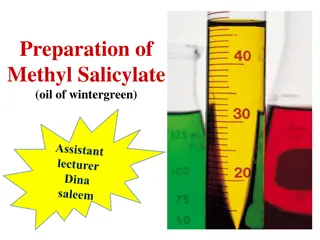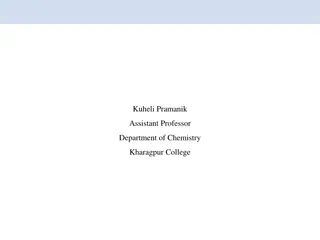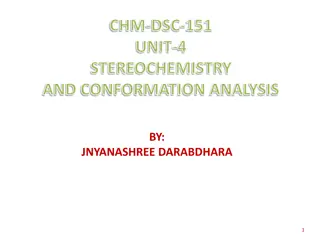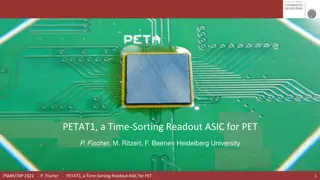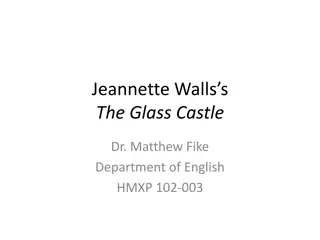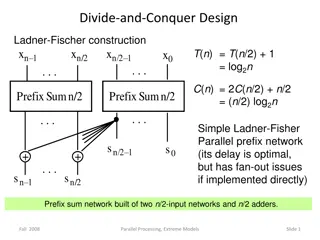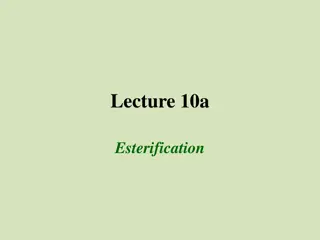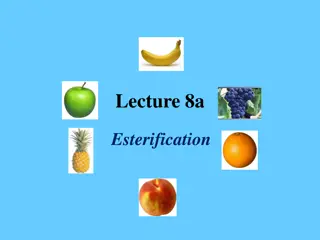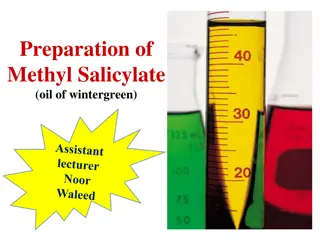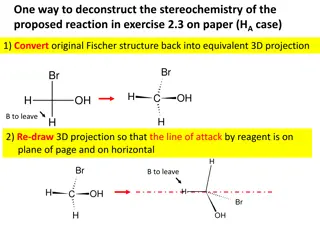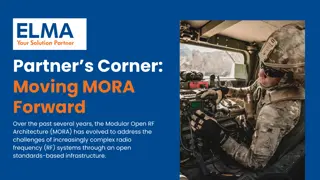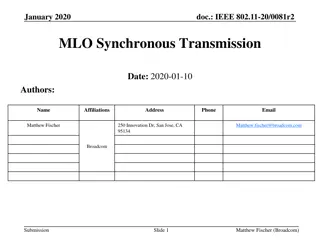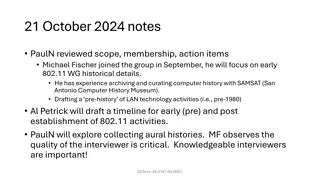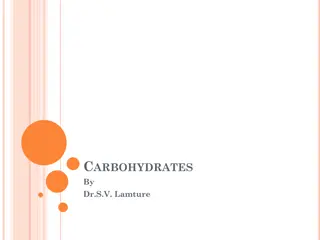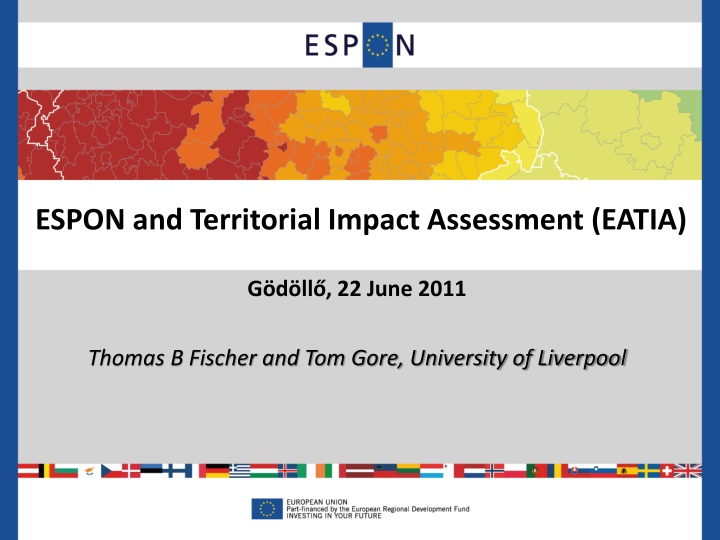
Territorial Impact Assessment (EATIA) in EU Policies
Explore the significance of Territorial Impact Assessment (EATIA) in assessing the diverse impacts of EU policies, focusing on spatial, governance, and socio-economic aspects across different regions. Learn about the development criteria and scientific approaches shaping the field of integrated assessment methodologies.
Download Presentation

Please find below an Image/Link to download the presentation.
The content on the website is provided AS IS for your information and personal use only. It may not be sold, licensed, or shared on other websites without obtaining consent from the author. If you encounter any issues during the download, it is possible that the publisher has removed the file from their server.
You are allowed to download the files provided on this website for personal or commercial use, subject to the condition that they are used lawfully. All files are the property of their respective owners.
The content on the website is provided AS IS for your information and personal use only. It may not be sold, licensed, or shared on other websites without obtaining consent from the author.
E N D
Presentation Transcript
ESPON and Territorial Impact Assessment (EATIA) G d ll , 22 June 2011 Thomas B Fischer and Tom Gore, University of Liverpool
Background EU policies/directives (including those on energy) can have differing impacts on different parts of the EU territory that can easily be overlooked. These can include those on spatial usage, governance or on wider environmental, social and economic aspects, and can be both, positive and negative. Since 2003, the EC has undertaken impact assessment (IA) of most of its policy/directive proposals, but making reliable predictions at this level of decision-making is notoriously difficult, particularly as impacts normally vary quite substantially across Europe and may depend in particular on the unique characteristics of a specific region or locality. TIA is an ex-ante assessment instrument for identifying and evaluating impacts of EU policies/directives. To date, TIA efforts have been on devising technical models predicting impacts of policies on space ; this project broadens the scope of possible applications of TIA to consider more participatory assessment processes for involving various other levels (national, regional and local) in TIA of EU policies/directives. . Slide 1
TIA development criteria EATIA seeks to support and build from existing work on TIA (TEQUILA, TIPTAP, ARTS...) to develop a policy maker friendly approach: 1. An ex-ante assessment tool applicable within the preparation (and transposition) process of EU directives and possibly other policy; 2. Embedded at the Member State level, enabling policy-makers and practitioners to anticipate EU policy impacts and so to influence those policies (integrated with eg [regulatory] impact assessment); 3. Focus on impacts at national, regional [and local] levels; stakeholders are ministries responsible for spatial planning in the UK, Portugal and Slovenia (project partners are universities of Liverpool, Lisbon, Bratislava and Delft); 4. The approach of the project is to develop an instrument which is both, simple and flexible ( policy maker friendly ) and which does not lead to delays in policy making due to heavy data requirements; 5. Should not introduce new formal assessment obligations as in e.g. EIA and SEA. Essentially, a tool that can help ensure that EU policy making (including in the energy field) is sensitive to the spatial dimension impacts often differ depending on where they take place Slide 1.25
Scientific Approach Scope of integrated assessment methodologies Main focus of TIA research to date Technical (Expert-based) Modernist Rational Planning Traditions Expert Opinions (2) (4) Quantitative Drawing upon science / economics (3) Participatory (Expert-facilitated) (1) Post Modernist Consensus/Communicative Planning Traditions Drawing upon social science Qualitative Participative Modelling Exercises Scope of TIA research through project Source: adapted from Kidd and Fischer, 2007 Slide 1.5
Screening The TIA framework / how to do it Three main aspects of TIA framework Governance Methods Process Methodological Methodological (+ governance aspects) Screening matrix (eg national body allocating draft directives to gov dpmts) Scoping matrix (eg government department) Assessment matrix (eg regional or local administration) Table 1: Draft screening checklist Common criteria Potential Impact: Yes ( ) No (X) Uncertain (?) Comments (nature of impact e.g. magnitude, positive, negative, short term, long term...) Air quality Soil quality Biodiversity Natural hazard risk ..... Slide 1.75
How to do it Table 2: Draft scoping checklist Policy elements Common criteria Area typology (optional) Impact? Yes ( )/no(X)/uncertain (?) Comments (nature of impact e.g. magnitude, positive, negative, short term, long term...) ? Air quality Urban A - emergency planning Rural Coastal Internal Emergency plans for response measures to be taken inside establishments have to be drawn up by the operator and to be supplied to the local authorities to enable them to draw up External Emergency Plans. These have to be regularly tested. Northern Etc ... Urban Rural Coastal Northern Etc ... Urban Rural Coastal Northern Etc ... Urban Rural Coastal Northern Etc ... Urban Rural Coastal Northern Etc ... Soil quality Natural hazard risk Table 3: Draft assessment matrix template Biodiversity 1. Hazard risk 2. Soil quality Impact Significance Rationale Impact Significance Rationale etc ..... Policy element A Policy element B Policy element C Policy element D Policy element E Cumulative impact As above....... B - land use planning .... Testing the instrument, using various directives; Habitats Seveso II Renewable Energy... Slide 2

